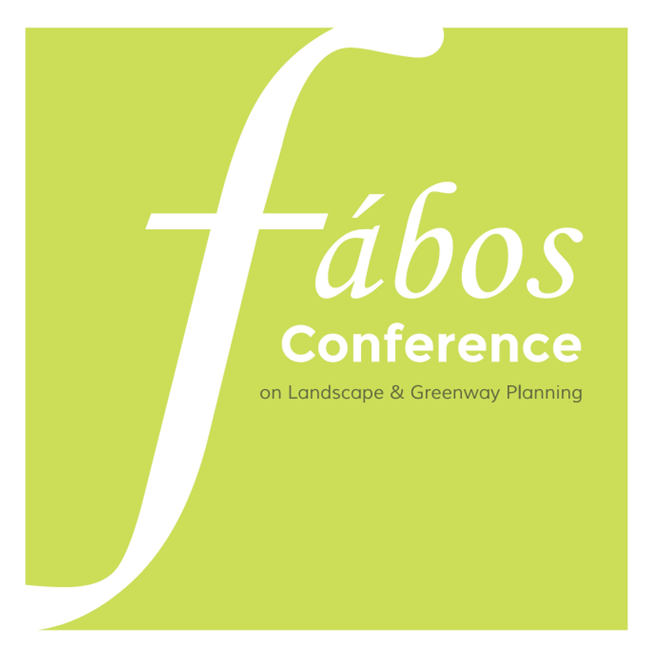Urban Green Corridors: Pathways for Nature-Based Solutions by Design in Perth and Beijing
Abstract
This paper shares research methods, and preliminary results of an urban green corridor study in Perth (Western Australia) and Beijing (China). This seeks to develop mitigating strategies for urban biodiversity resilience using Nature-based Solutions (NbS). A key aim of NbS is to restore ecosystems and enhance biodiversity resilience to mitigate climate change and societal challenges. Urban green corridors are essential linear greenways that connect urban areas to remnants of native vegetation that support biodiversity, provide species movement, and enhance recreational function and aesthetics. Our research examined three typologies of urban green corridors: street plantings, waterway plantings, and railway-adjacent green spaces. Research methods included a targeted literature review, site analysis that considered a transect approach involving fieldwork survey, and comparative study. Key approaches included examining original plant communities, analysing urban green corridors’ evolution, comparing the two cities' existing biodiversity index, and proposing multiple NbS options for Perth and Beijing, cities with significantly different climates, urban planning, and landscape patterns. Perth was studied along a horizontal transect from the western coast, through expansive suburban areas, extending into the eastern hills, and incorporated eight different original soil and vegetation complexes. In contrast, Beijing was analysed along a vertical transect that followed the World Heritage Central Axis, extending from the northern mountainous regions through the urban area within the six rings and down to the southern agricultural lands. In both instances, surveys were conducted at 14 sites within each transect and across the three different urban green corridor types and focused on the biodiversity index of existing multilayered vascular flora including trees, shrubs, and groundcover plants. While this paper focuses on this survey, the next research stage adopts a “projective design” approach, whereby NbS is a tool for turning empirical data into practical design applications/solutions. Here NbS will deliver designs in concert with natural processes and native biodiversity, combining native species with carefully selected exotics and spontaneous plants. As a result, this project will provide contextualised NbS for urban green corridors in both cities as a suite of considered, grounded design solutions. We are attempting to develop a blueprint for restoring ecosystems and enhancing biodiversity resilience.
Keywords: nature-based solutions, urban green corridors, biodiversity resilience, transect, fieldwork survey, projective design, design applications/solutions
How to Cite:
Liu, L., Ignatieva, M. & Kilbane, S., (2025) “Urban Green Corridors: Pathways for Nature-Based Solutions by Design in Perth and Beijing”, Fábos Conference on Landscape and Greenway Planning 8(1). doi: https://doi.org/10.7275/fabos.2404
1179 Views
1942 Downloads
